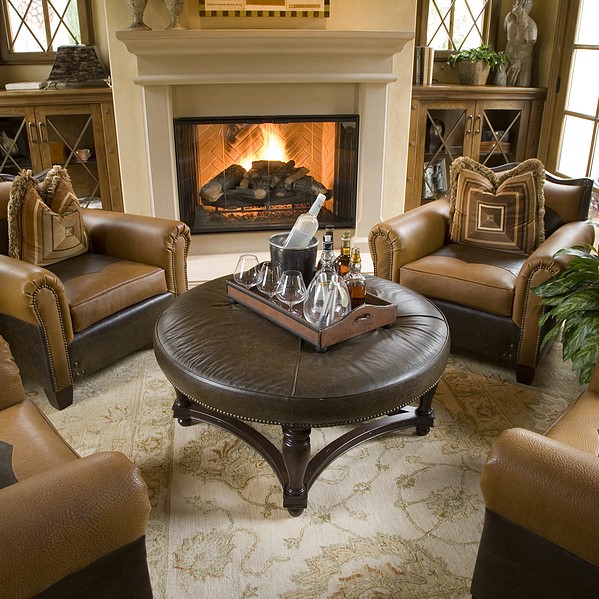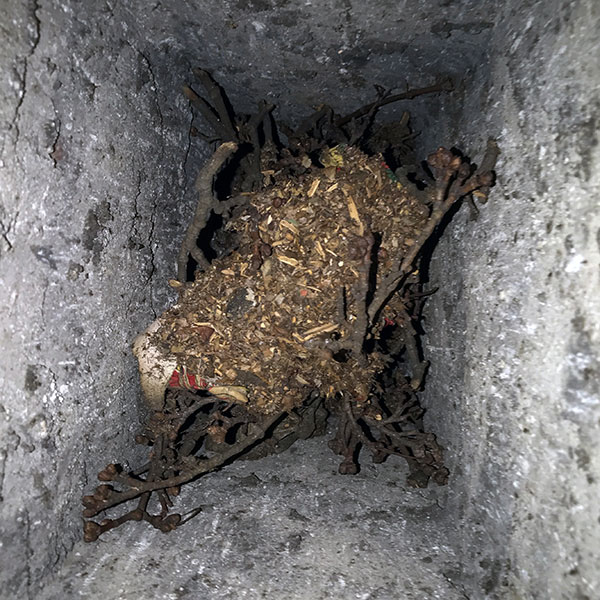About Fireplaces: Choosing, Using and Safeguarding
If you’ve been considering bringing a new fireplace into your home, or if you already have one and want to keep the chimney safe and clean so you can get the most out of it, here are some helpful points.

Two main types of fireplaces
The majority of fireplaces are fueled by either gas or wood.
Gas fireplace advantages: Quick starting, easy operation, low maintenance
Wood fireplace advantages: Economical, traditional aesthetics, can be used for heat during a power outage
Factory-built fireplaces are available in gas and wood models and can be safely installed in virtually any wall in your home. Both types include their own vent pipe system.
Wood fireplace safety
Wood fireplaces require more safe practices than gas fireplaces. Among them:
Burn only wood logs: no furniture pieces, clothing, plastics, packing material or anything else.
Keep the flue clean: this means annual chimney sweep services to remove flammable creosote, which causes most chimney fires each year in the U.S.
Start fires right: use kindling either under or on top of a fairly loose log stack. Never use lighter fluid, charcoal starter or other accelerants.
Signs of a chimney fire
Keeping your flue clean will greatly reduce the likelihood of a chimney fire. But you should know the signs of a fire, just in case:
- An odd tapping or clicking noise
- A rumbling sound like a distant train
- More than usual levels of dark smoke coming from the top of the chimney or the fireplace
Have gas and wood fireplaces inspected once a year
Annual service by a licensed fireplace and chimney inspector can save you huge money on larger repairs down the line while keeping your fireplace/chimney system safe and running at peak capacity.
Areas covered during inspections can include:
- Chimney cap & concrete chimney crown
- Chimney masonry (bricks and mortar)
- Firebox
- Leak issues
- Venting issues
- Smoke chamber
- Flue liner
- Chimney flashing
and others.
For gas fireplaces, inspectors will check all of the fireplace’s components, venting system and gas lines.
Resolving drafting issues
 If you don’t have a chimney cap or cover on top of your chimney or vent pipe, a variety of debris can get inside and impede the drafting of smoke and harmful gases such as carbon monoxide.
If you don’t have a chimney cap or cover on top of your chimney or vent pipe, a variety of debris can get inside and impede the drafting of smoke and harmful gases such as carbon monoxide.
Drafting issues often can be solved by having a chimney sweep remove debris from your flue. Other common causes of sluggish drafting:
House too air-tight: crack a window near the fireplace to create a draft into the fireplace.
Damper not working: a damper that’s only partially open will not draft smoke and combustion gases efficiently.
Downdrafts: air blowing down the chimney is best addressed by installing a full-width chimney cap to the top of your chimney.
Cold flue: cold air inside the flue is heavier than the warm air trying to get up it and may cause some temporary drafting problems. Solve this by holding a rolled and lit newspaper up into the flue for a minute or so.
Owning a fireplace should be an enjoyable experience. The more you learn about your fireplace and vent system, the better prepared you’ll be to use your appliance safely and efficiently. You’ll also be ready to solve any problems that come up.
Above & Beyond Chimney Service of Dedham, MA, is here to help with all your fireplace and chimney needs. We provide fireplace installations, chimney and fireplace inspections, CSIA-certified chimney sweep services and all types of repairs to gas and wood heating appliances.
Speak with a South Shore chimney expert today by calling (781) 383-0415.
